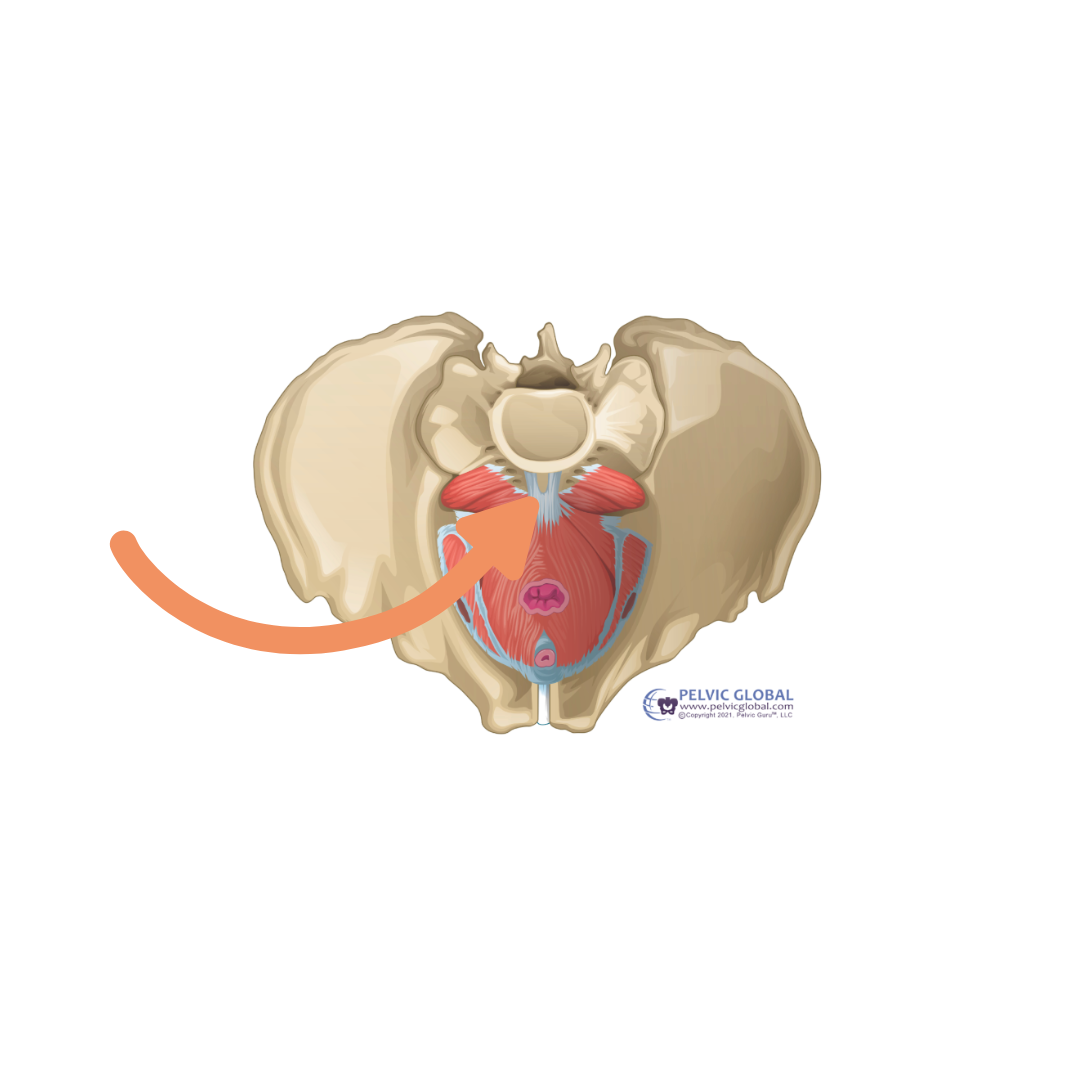Pelvic floor and tailbone pain
If you're having tailbone pain, know that the pelvic floor muscles is certainly a part of the equation. Your pelvic floor muscles connect to the tailbone in many ways, which means tightness or laxity of these muscles can lead to symptoms you feel in the tailbone region. The good news is that if you're experiencing tailbone pain, pelvic floor physical therapy can help determine what exactly is causing the pain and how to treat it for you, specifically.
I’ve been treating a lot of patients who have tailbone pain lately so I thought it would make a good blog topic!
Especially because so many people are surprised to hear that pelvic floor physical therapy can help with tailbone pain but it’s actually something I work with a lot of patients on.
So, if you’re having tailbone pain, the first thing I want you to know is that it can be treated.
Let's go over what tailbone pain feels like, why you can develop tailbone pain (spoiler alert: it has a lot to do with your pelvic floor muscles!), and what you can do about tailbone pain.
Pelvic floor and tailbone pain anatomy
First off, let’s discuss some anatomy.
The tailbone, also known as the coccyx, is at the very bottom of the spine. Here’s a picture so that you can see for yourself.
Image used with permission from Pelvic Global, LLC
The tailbone is connected to many pelvic floor muscles. Here’s another picture, this time with the muscles shown in the bottom of the pelvis.
Image used with permission from Pelvic Global, LLC
Once you see where the tailbone is, you can understand why tailbone pain is quite literally a pain in the butt!
After discussing the anatomy, you may also see why you'll hear it called "coccyx pain" or even general pelvic pain.
Tailbone pain & pelvic floor symptoms
People who suffer from tailbone pain often report a pain near their anus that can worsen when:
Prolonged sitting or sitting on a hard surface (bleachers are the absolute worst for tailbone pain!)
Standing from a seated position (especially after having been seated for awhile)
Having a bowel movement
Or doing core exercises
The pain can feel sharp or dull & achy, or even like a muscle spasm. It can be quite intense and can stop you in your tracks at times.
Why do you have tailbone pain?
Tailbone pain can arise for many reasons. One obvious cause would be a physical trauma to the area, which can happen through a fall on the tailbone, or even during childbirth.
However, the tailbone can suffer from more subtle traumas as well, such as sitting too long on a hard surface. Think of it as an overuse injury.
If you did a lot of hammering one day, you might be sore in your arm or hand the next day. This is similar. If you’re seated for a long time, there may be too much pressure on your tailbone, which could cause pain in the tailbone itself or the tailbone area.
And speaking of overuse, I have many patients who subconsciously tense their glute or pelvic floor muscles.
Sometimes, this can be due to stress but other times, it can be a way to compensate for other muscles that are weak.
For example, I see many patients who tend to grip their glutes as a way to subconsciously stabilize themselves if their core is weak. While this strategy works in the short-term, it can lead to significant muscle tension and pain in the long-term.
Because the tailbone attaches to the glute and pelvic floor muscles so if you are constantly tensing those muscles then the tailbone is constantly being pulled on, which can lead to pain!
How do you treat tailbone pain in pelvic floor physical therapy?
Which leads me to my final point, how do we treat tailbone pain. As I wrote above, tailbone pain is often caused by increased pelvic floor or glute muscle tension, which is possibly due to glute and core weakness, so to fix it, we just have to learn how to relax and strengthen those muscles. Let me break it down further.
1. Relax the glutes and pelvic floor muscles: In my clinic, I use hands-on approaches such as massage or dry needling to help my patients’ muscles and ligaments relax and experience pain relief, but here are some ways that you can work on muscle tension at home:
Child’s pose
2. Strengthen the core and glutes
3. I’d be remiss if I didn’t mention that making some small adjustments to your daily routine can help your tailbone pain tremendously. These include:
Only sitting on soft surfaces, especially if you’ll be seated for a long period of time. You can use a cushion like these if you don’t already have a soft chair.
Using ice or heat to the area. I know it’s a small area, but I’ve found using perineal pads like these can help bring relief. Just be sure not to burn yourself!
Managing bowel movements. Constipation can put additional pressure on the tailbone and pelvic floor so make sure that you stay hydrated and get enough fiber!
I hope that gives you some ideas to relieve your tailbone pain! And if you didn’t know that pelvic floor physical therapists can help tailbone pain, now you do! So if you are having tailbone pain, would like treatment, and are local to Durham, NC, I’d love to help you. You can reach out by completing a contact form here or by scheduling a complimentary discovery call here. I’m excited to talk to you!
Pelvic floor physical therapy is beneficial for you if you have tailbone pain. We address the underlying muscle tension and imbalances that contribute to discomfort using manual therapy, muscle relaxation exercises, and strengthening.
My goal as a pelvic floor PT is to help you get rid of pain pain, improve mobility, and restore proper function so you can get back to being pain free.





